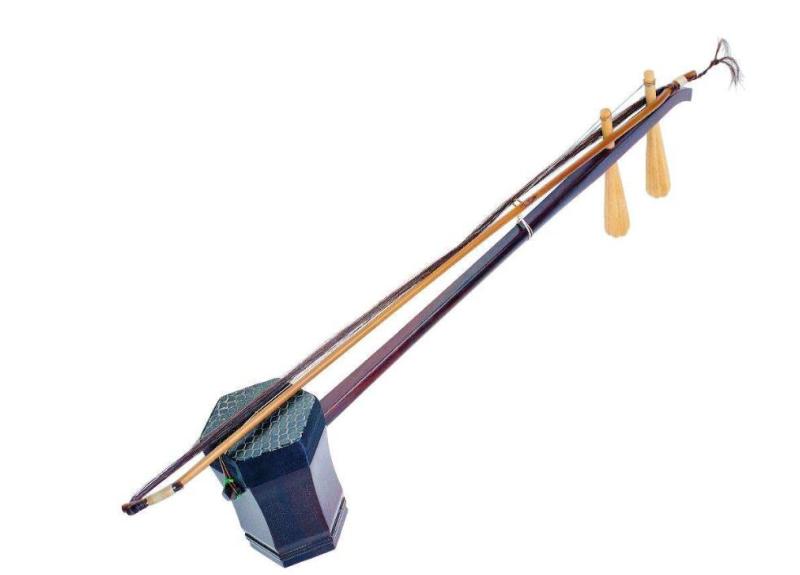An overview of the modern and contemporary development history of the erhu
Huqin was renamed Erhu only in modern times. For more than half a century, the level of erhu performance has entered a prosperous period. Liu Tianhua integrates European music theory and performance skills, according to the characteristics of Chinese folk music and the violin, he tuned the erhu into d and a, and innovated the performance skills of the erhu, expanded the expressive power of the erhu, and composed many solo pieces for the erhu. . As a result, the erhu stood out from the folk accompaniment and became a unique solo instrument, which also laid the foundation for the concert halls and music academies that entered the Hall of Elegance in the future.

In the 1930s, Jiang Fengzhi designed the "hexagonal dumbbell style" erhu, also known as "Jiang's Nanhu". Zhou Rongting, Jiang Fengzhi and Lu Xiutang jointly designed the "Yangshan Shantou" erhu and the "Huiwentou" erhu.
From the 1950s to the 1960s, professional "national orchestras" that imitated symphony orchestras such as the Shanghai Chinese Orchestra, the China Broadcasting Chinese Orchestra, and the Central Chinese Orchestra appeared, increasing the demand for erhu majors.
In 1963, the first National Erhu Competition was held at the 4th Shanghai Spring Music Festival.
In the 1970s, Tang Liangde developed an erhu with an octagonal front and a back circle (square circle) and an adjustable half-moon sound window. In 1975, Wang Guotong and Man Ruixing formulated the dimensions of the "Bianba" erhu: the length of the piano tube is 133 mm, the longitudinal diameter of the front mouth is 86 mm, the transverse diameter is 92 mm, and the inner diameter of the rear mouth is 84 mm; Improved treble tone.
In the 1970s, Wang Guotong and Man Ruixing began to develop the Erquan Qin, and in the 1980s Min Huifen, Wang Ruiquan and Shen Deqing successfully developed it.
Modern erhu works have appeared, such as "Ballet of Northern Henan" (1959), "Imagination of Sanmenxia" (1960), and Erhu Concerto "Thinkings of the Great Wall" (1982).
In the mid-to-late 1980s, hundreds of erhu solo pieces were published, and large-scale erhu pieces such as ballades and concertos began to be developed.
Under their influence, new erhu performers such as Min Huifen and Wang Guotong were cultivated. Just like Erhu Composer Liu Wenjin's "Capriccio on the Great Wall", the erhu's performance was brought into full play and deliberately innovated, making the erhu full of new vitality and splendor.
 渝公网安备 50010702504639号
渝公网安备 50010702504639号